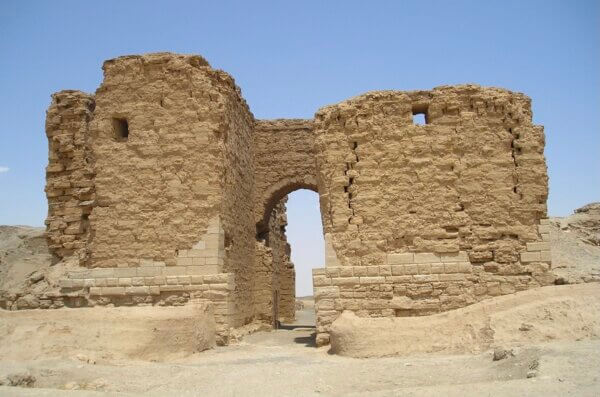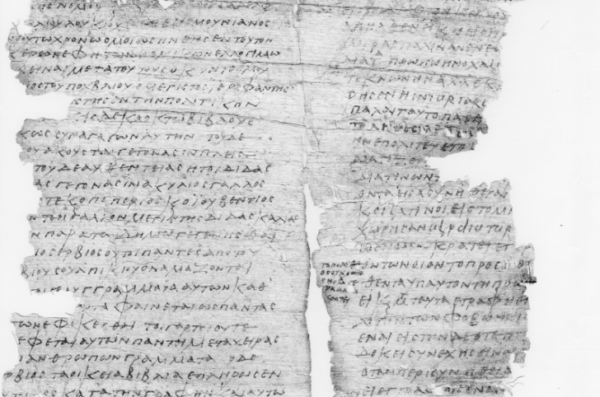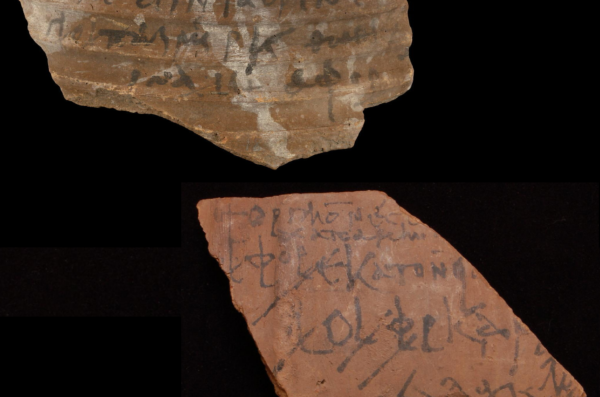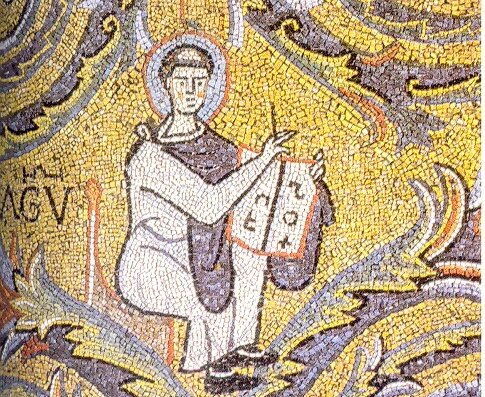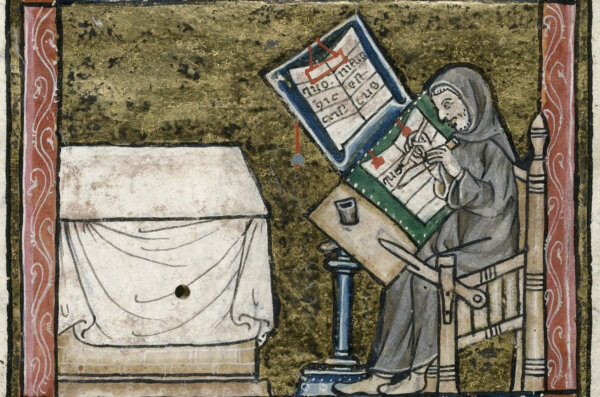
23 X 2025: Yitzhak Hen (The Hebrew University of Jerusalem), Purifying Texts in Late Antiquity and the Early Middle Ages
Throughout Late Antiquity and the early Middle Ages, a vast corpus of potentially dangerous texts was dismissed as unorthodox and unauthorised by Christian scholars and policy makers. These texts exposed ...
Czytaj więcej

